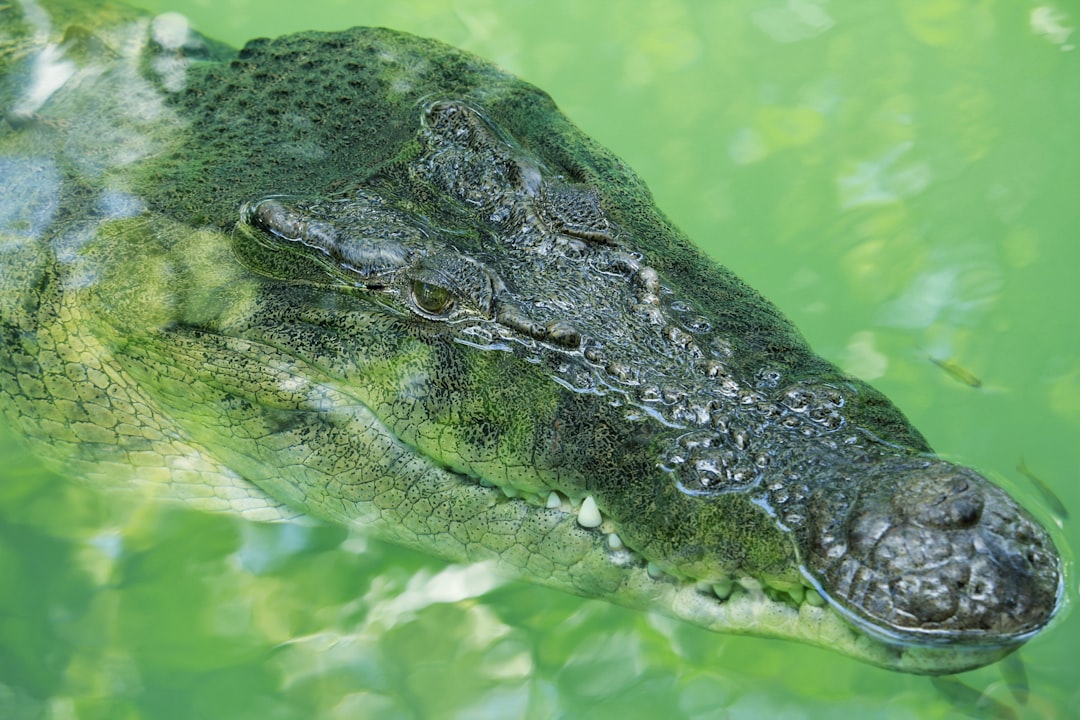What is it about?
Patients that receive a transplant for end-stage organ failure have to take immunosuppressive drugs for the rest of their lives to prevent transplant rejection. Experimental therapies in animals can achieve transplantation tolerance, a state in which transplant recipients can stop the immunosuppressive treatment and not reject their transplant. While investigating the mechanisms that maintain transplantation tolerance when it is successfully achieved, we found that transplant-specific T cells from tolerant hosts express lower levels of the transcription factor Satb1 than T cells from rejecting hosts. Downregulation of Satb1 rendered T cells more susceptible to being suppressed by another T cell type, regulatory T cells. This mechanism can potentially keep transplant-specific T cells in check and prevent them from rejecting the graft.
Featured Image

Photo by Aziz Acharki on Unsplash
Why is it important?
This work reveals the existence of a cell-intrinsic mechanism that can modulate the susceptibility of potentially pathogenic T cells to suppression by regulatory T cells and identifies a property associated with transplantation tolerance. Because Satb1 expression is mostly restricted to T cells, it may serve as a therapeutic target for improving transplant acceptance.
Perspectives
The hope for our transplant program is that the more we understand the mechanisms in place that maintain transplantation tolerance when it is successfully achieved in animals, the more we can devise strategies to co-induce these pathways in the clinic to achieve durable and stable transplant acceptance in patients. This work was a close collaboration between talented undergraduate students, graduate students and post-doctoral fellows from 3 different laboratories at the University of Chicago and Moffitt Cancer Center.
Maria-Luisa Alegre
University of Chicago
Read the Original
This page is a summary of: Reduced Satb1 expression predisposes CD4+T conventional cells to Treg suppression and promotes transplant survival, Proceedings of the National Academy of Sciences, September 2022, Proceedings of the National Academy of Sciences,
DOI: 10.1073/pnas.2205062119.
You can read the full text:
Contributors
The following have contributed to this page










